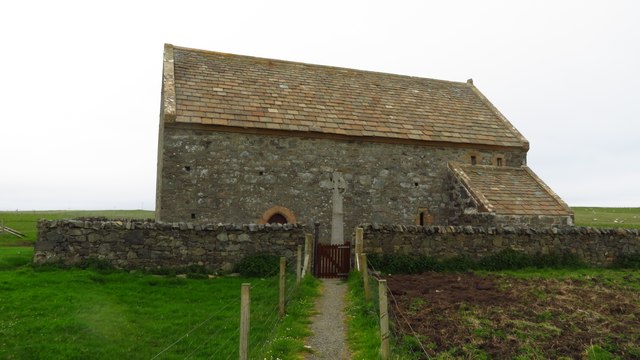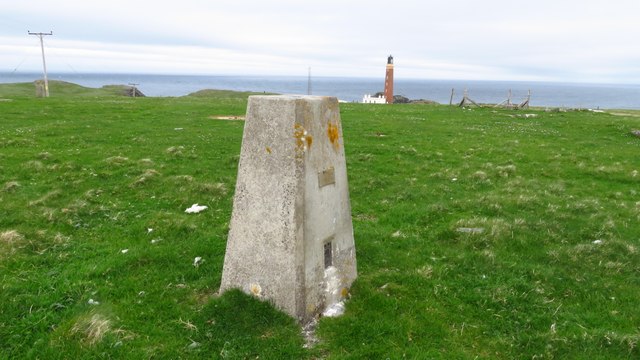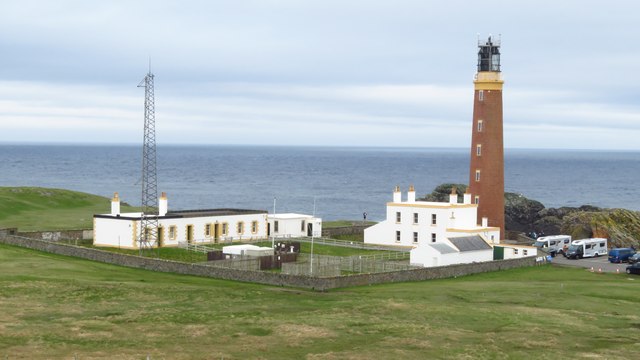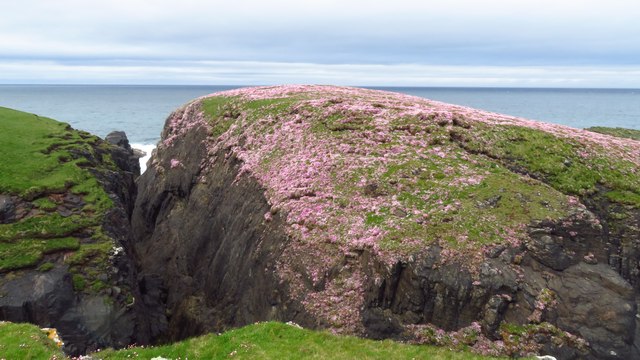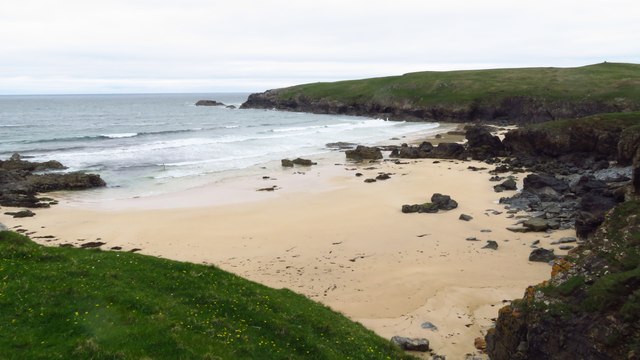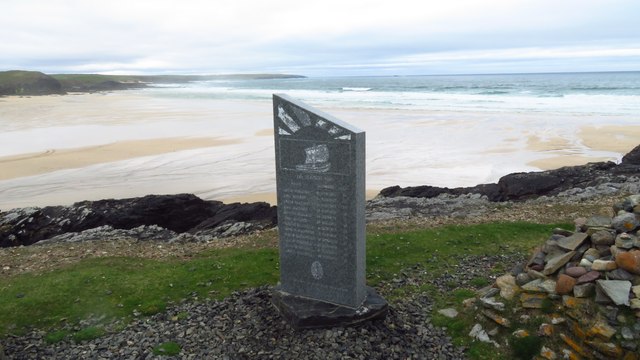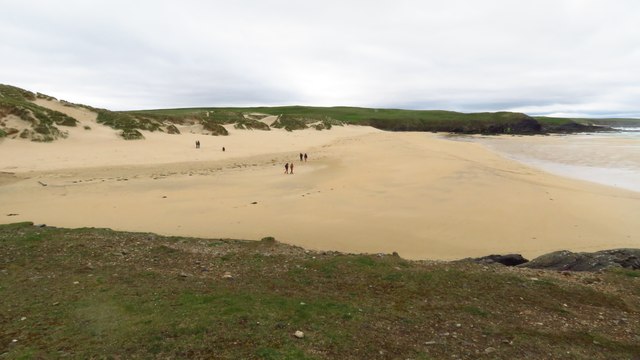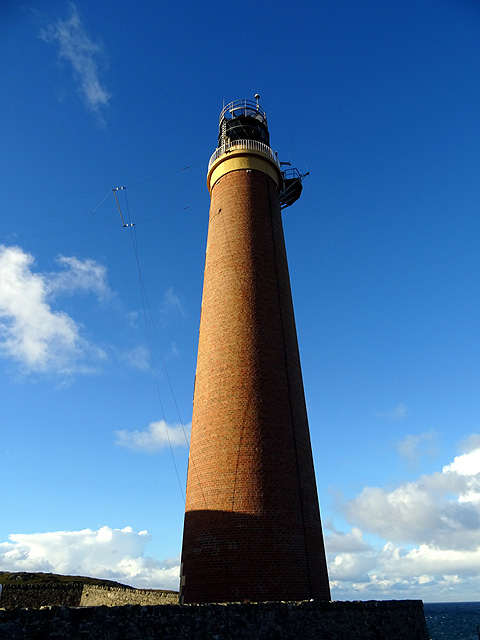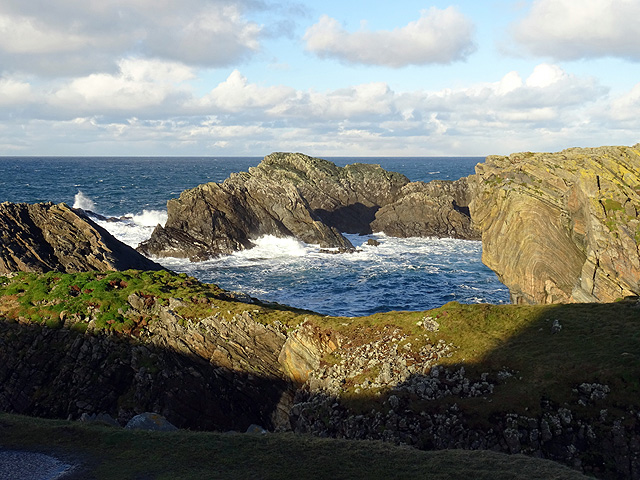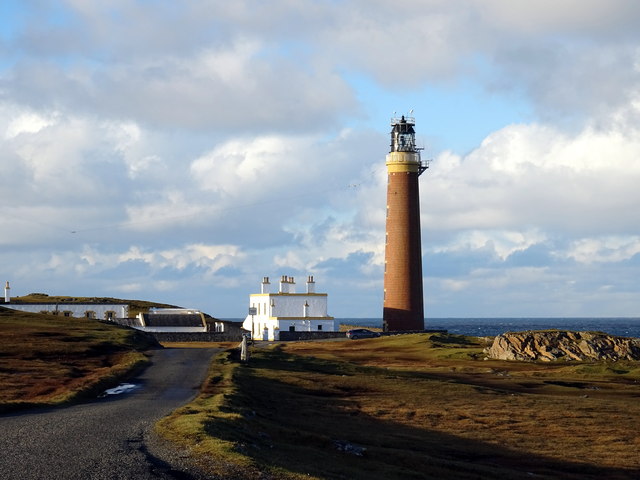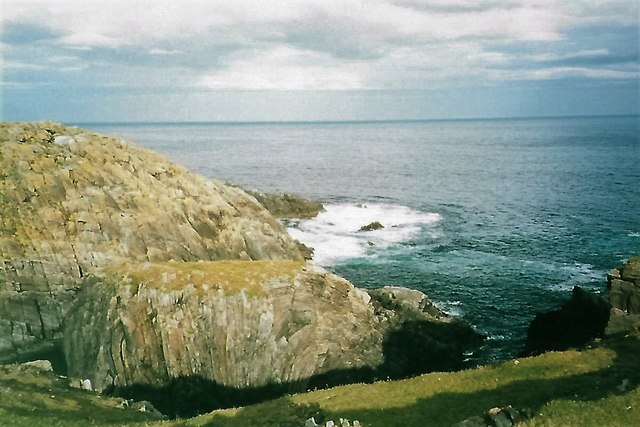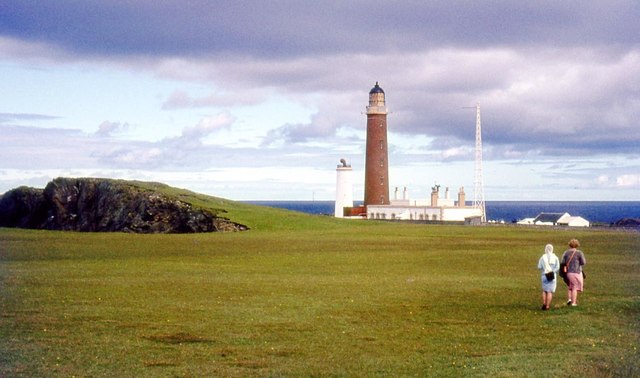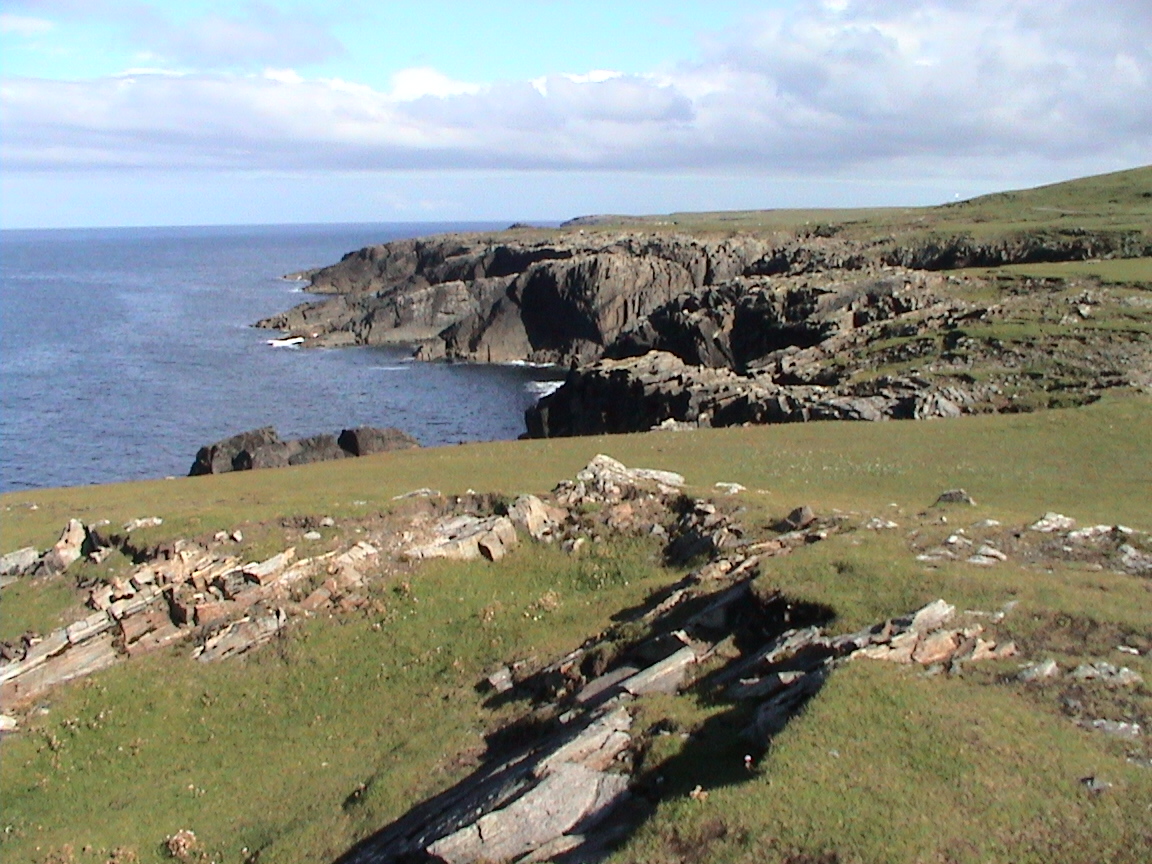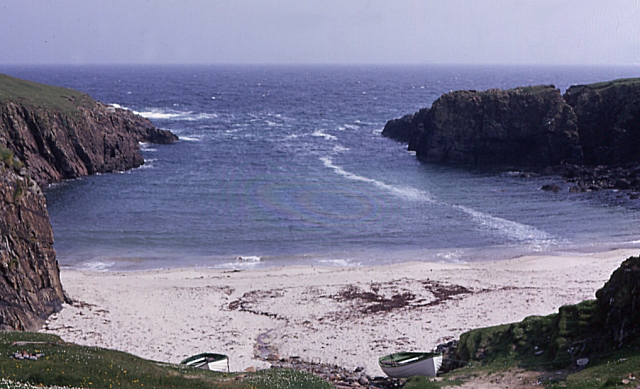Buaile nan Caorach
Coastal Feature, Headland, Point in Ross-shire
Scotland
Buaile nan Caorach
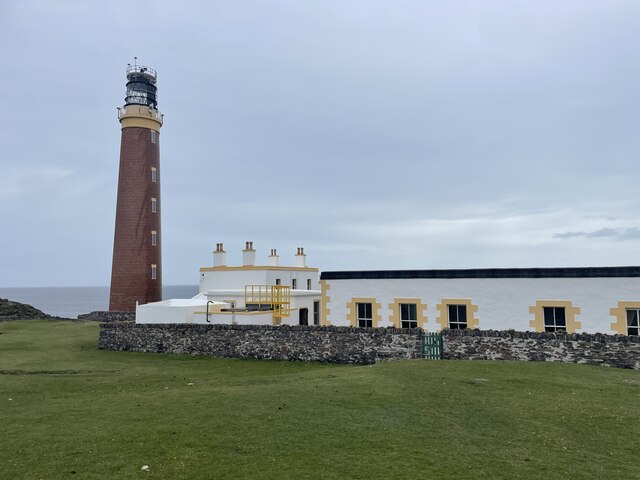
Buaile nan Caorach, located in Ross-shire, Scotland, is a stunning coastal feature known for its picturesque headland and prominent point. The name Buaile nan Caorach translates to "sheepfold of the sheep" in Gaelic, reflecting the historical significance of the area as a grazing ground for local sheep farmers.
Situated on the rugged and dramatic coastline, Buaile nan Caorach offers breathtaking views of the surrounding landscape. The headland, with its steep cliffs and jagged rocks, provides a natural barrier against the powerful waves of the North Sea. This geographical feature not only adds to the beauty of the area but also serves as a protective shield for the nearby coastal communities.
The point of Buaile nan Caorach juts out into the sea, offering visitors a perfect vantage point to observe the crashing waves and the diverse marine life that inhabits the waters. Seabirds, such as gannets and puffins, can often be spotted nesting in the cliffs, creating a vibrant and lively atmosphere.
The area is also rich in history, with traces of ancient settlements and archaeological sites scattered throughout the landscape. These remnants indicate that Buaile nan Caorach has been a significant location for human activity for centuries, possibly dating back to prehistoric times.
Access to Buaile nan Caorach is relatively easy, with a well-maintained footpath leading from the nearby village. Visitors can explore the headland and point, take in the breathtaking views, and immerse themselves in the natural beauty and historical significance of this enchanting coastal feature.
If you have any feedback on the listing, please let us know in the comments section below.
Buaile nan Caorach Images
Images are sourced within 2km of 58.514609/-6.268983 or Grid Reference NB5166. Thanks to Geograph Open Source API. All images are credited.

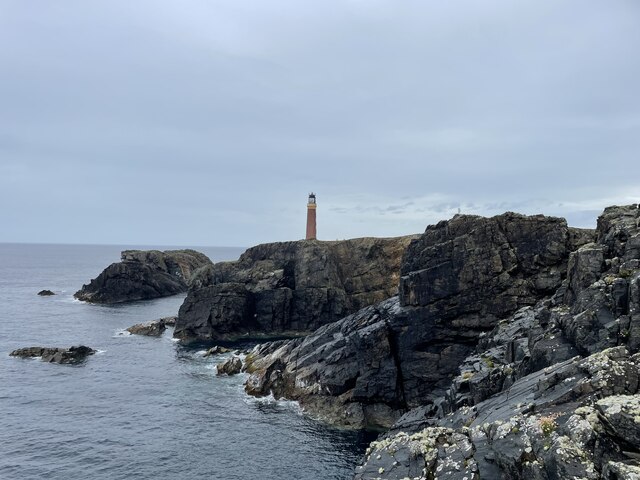
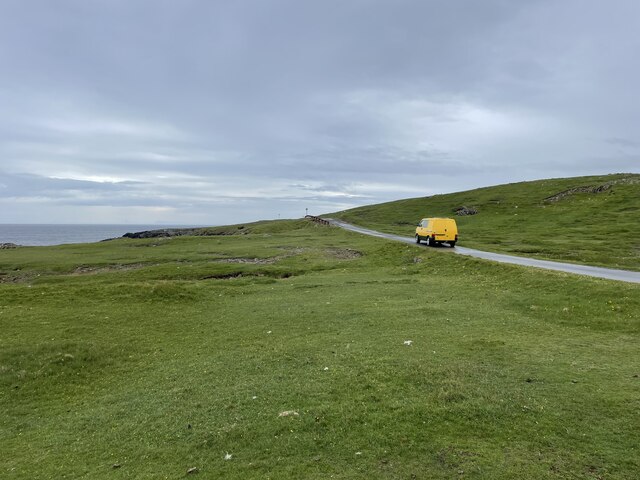
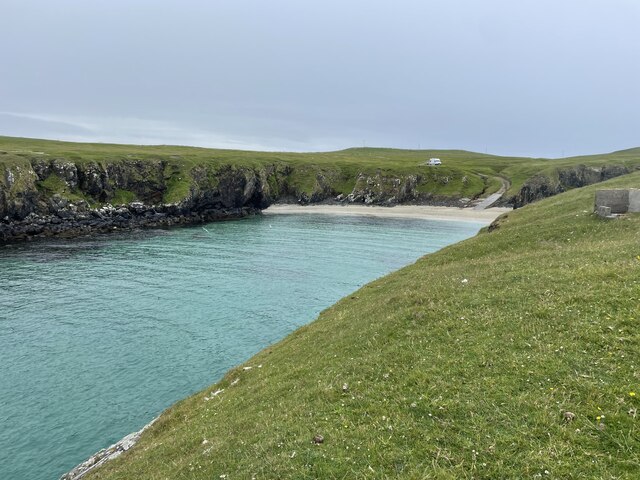
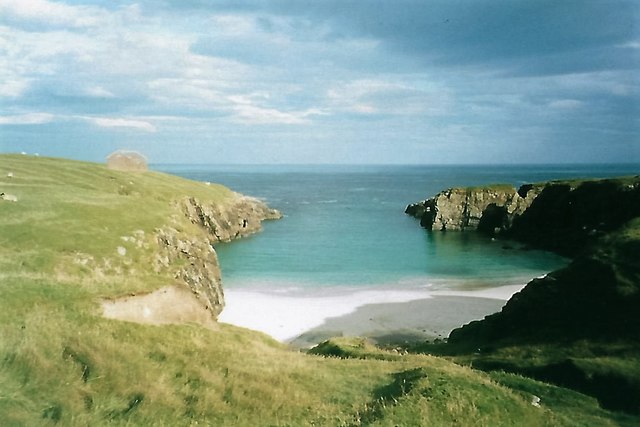
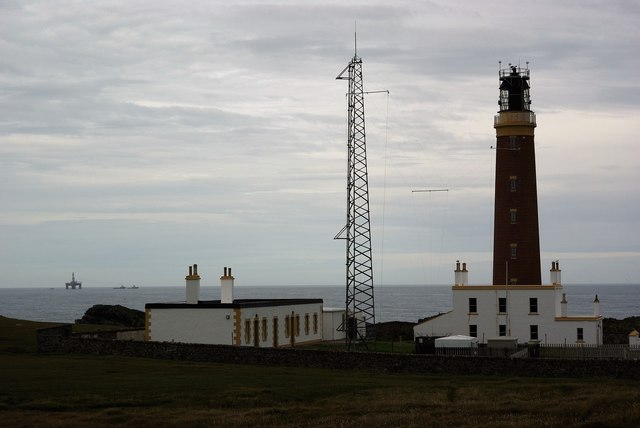
Buaile nan Caorach is located at Grid Ref: NB5166 (Lat: 58.514609, Lng: -6.268983)
Unitary Authority: Na h-Eileanan an Iar
Police Authority: Highlands and Islands
What 3 Words
///hunter.stilted.easels. Near North Tolsta, Na h-Eileanan Siar
Nearby Locations
Related Wikis
Butt of Lewis
The Butt of Lewis (Scottish Gaelic: Rubha Robhanais) is the most northerly point of Lewis in the Outer Hebrides. The headland, which lies in the North...
Port Stoth
Port Stoth, known locally as Stoth and pronounced Stow, is a sheltered inlet just southeast of the Butt of Lewis in the Outer Hebrides, Scotland. It is...
Teampall Mholuaidh
St Moluag's church (Scottish Gaelic: Teampall Mholuaidh) is a church in the village of Eoropie in Ness in the Isle of Lewis in Scotland. It is one of the...
Eoropie
Eoropie (Scottish Gaelic: Eòrapaidh) is the most northerly village on the Isle of Lewis in the parish of Ness, in the Outer Hebrides, Scotland. Eoropie...
Fivepenny
Fivepenny (Scottish Gaelic: Na Còig Peighinnean) is one of the many villages in the Lewis district of Ness (Nis in Gaelic) and part of the Isle of Lewis...
Dùn Èistean
Dùn Èistean is a multi-period archaeological site on an inter-tidal sea stack on the north east coast of the Isle of Lewis, near the village of Knockaird...
Knockaird
Knockaird (Scottish Gaelic: An Cnoc Àrd) is a village on the Isle of Lewis in the parish of Ness, in the Outer Hebrides, Scotland. It is the highest point...
Lionel, Lewis
Lionel (Scottish Gaelic: Lìonal) is a village in the Ness area of the Isle of Lewis. Lionel is within the parish of Barvas. Lionel is situated near the...
Nearby Amenities
Located within 500m of 58.514609,-6.268983Have you been to Buaile nan Caorach?
Leave your review of Buaile nan Caorach below (or comments, questions and feedback).
